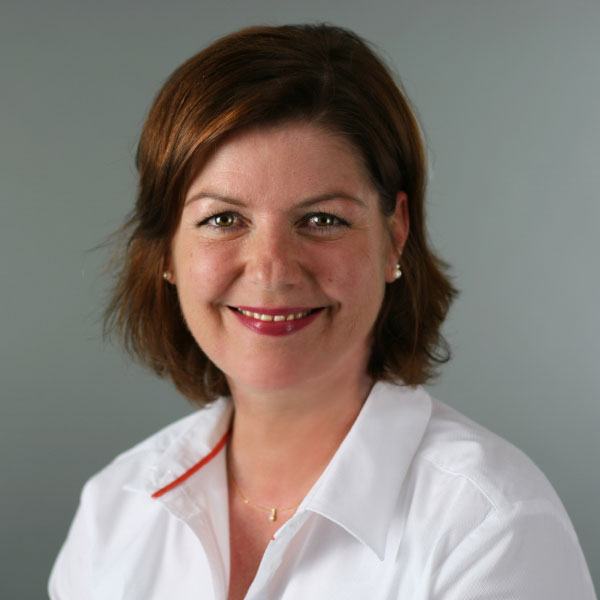On the basis of the excellent cooperation between the customer and Method Park, a new product line was successfully introduced on the market after only one year.
The mood among the customer’s employees significantly improved since the customer repeatedly received positive feedback on the software’s stability.
“Lonely software heroes” belong to the past since Scrum focuses on teamwork and provides exciting and challenging responsibilities for each individual team member.
The test framework for test automation is modularly designed and can easily be transferred to other product lines without great adaption efforts.
The customer was extremely satisfied by the technical know-how of the Method Park team so the customer commissioned Method Park again to support the development of new product lines. Method Park now creates a software platform together with the customer which will be used for different product lines of the organization.
Benefit


